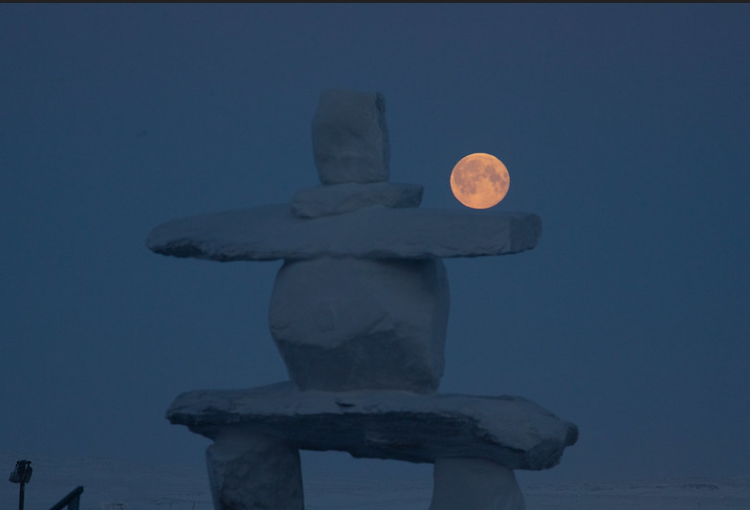Nunavut gains control of its resources and royalties


The process of devolution has been long time coming to the territory of Nunavut since it was founded in 1999. In a historic move last week, the Canadian government signed over responsibility for control over all the lands, resources, water, and wildlife to the territorial authorities.
Nunavut was the last of the three Canadian territories to take control of its resources – and there are many. The territory covers 2.1 million km2, roughly the size of Greenland. Agnico Eagle Mines (TSX:AEM; NYSE:AEM) mines gold at the Meadowbank-Amaruq complex near Baker Lake and the Meliadine mine in the Kivalliq District. Baffinland Iron Mines, which is 25% owned by ArcelorMittal (NYSE:MT), operates the Mary River iron ore mine near Pond Inlet.
Royalties from natural resources will now flow to the territorial coffers rather than the federal government. There is a sliding scale of federal funds to be transferred. This year’s transfer is $2.1 billion, but it will be reduced as royalties begin to replace part of it.
Former producers include the Nanisivik zinc-lead mine, Polaris zinc-lead mine, Lupin gold mine, and Jericho diamond mine. The potential remains for new discoveries, even if there are virtually no roads or infrastructure in the territory. Nunavut covers 20% of Canada’s landmass (and only 40,000 of its citizens), making this the largest land transfer deal in Canadian history.
The process of devolution will take three years. It is to be complete on April 1, 2027. The feds have pledged $15 million to the territory to make this happen. There are federal lands and buildings to be turned over, and the workers in those buildings will become territorial employees, for the most part. It is anticipated that Nunavut residents will have to train in fields such as land management, ecology, and sciences to replace all the work done in Ottawa on behalf of the territory.
If our readers assume the devolution agreement has been perfectly smooth, they would be mistaken. There are areas of disagreement between the territory and the federal government. For example, when application was made to increase the production of the Mary River mine in 2017, the feds initially said “no.” Only last fall did the minister of Northern Affairs agree to let production rise to 6 million t/y, from 4.2 million tonnes.
Another sticking point has been the development of offshore oil resources, to which the federal government has always been opposed. Now it will be up to the Nunavut legislators if they wish to revisit this idea.
With this transfer of power comes great responsibilities. We have no doubt the residents of Nunavut will rise to the challenge, and we wish them great satisfaction in managing their own affairs.
Learn more about devolution on the Government of Nunavut website.
Comments
Lisa Hewton
Does this mean that we will no longer give them money?